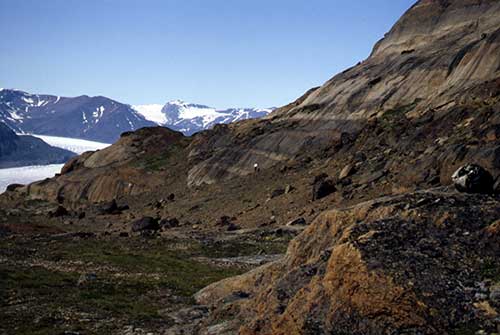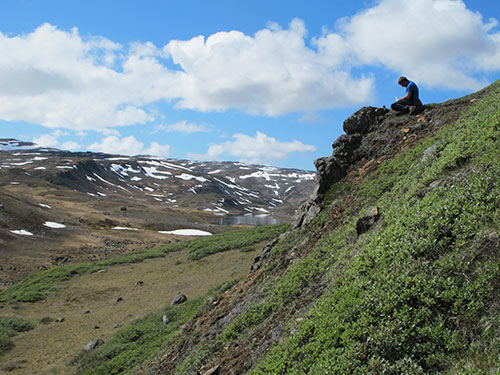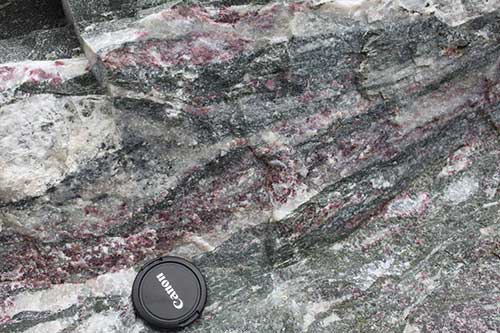Rare earth element deposits in Europe
The rare earth elements (REE) occur in a number of environments within the Earth's crust. They may be found in igneous, sedimentary, or metamorphic rocks of a wide range of different ages. However, enrichments in the REE can typically be divided into two classes: primary types, generally formed by igneous or hydrothermal processes, and secondary types, in which the REE have been further concentrated from a primary enrichment through sedimentary processes or weathering. Primary types are typically veins, layers or zones of REE enrichment within the bedrock; secondary types may include weathered horizons such as laterites, placers, and sea-floor sediments.
Primary REE enrichment
The most significant primary types of REE enrichment are those associated with alkaline silicate igneous rocks and carbonatites. REE enrichments can also be found associated with hydrothermal veins, breccias and metasomatic zones in a variety of sedimentary and metamorphic environments. The world's main source of REE, Bayan Obo in China, appears to have formed by hydrothermal replacement associated with carbonatite magmatism.
Alkaline silicate igneous rocks and carbonatites (igneous rocks dominated by carbonate rather than silicate minerals) are most commonly found in extensional rift settings like the present day East African Rift, or the Precambrian Gardar Province in south west Greenland. They are also emplaced during the post-collisional stage in orogenic belts; an example is the Cenozoic Mianning-Dechang REE belt in China. Within these igneous rocks, the REE can be concentrated by magmatic processes, such as fractional crystallisation and the development of igneous layering, or they can be concentrated by hydrothermal activity during and after emplacement of the magmas.
Secondary REE enrichment
Primary enrichments in the REE may then be upgraded further by secondary processes. Tropical weathering of alkaline silicate igneous rocks and carbonatites may form laterites or ion-adsorption clays, and concentrate the heavy minerals that contain the REE, such as in the Mount Weld REE deposit in Australia. River and beach sedimentary processes may also concentrate those heavy minerals into placer deposits.
REE-bearing minerals
The REE are found in a wide range of minerals, including silicates, carbonates, oxides and phosphates. Around 270 minerals are known to contain the REE as an essential part of their crystal structure, but only a small number are ever likely to have commercial significance. The majority of historical production has come from a small number of minerals, most importantly bastnäsite, monazite, and xenotime. Many REE enrichments are associated with other minerals such as apatite, allanite and eudialyte, and research on the processing of these minerals continues.
REE in Europe
Europe currently has no mine supply of the REE, but it does have a number of areas of suitable geology with REE resources. These include alkaline igneous rocks such as those found in the Gardar Province of south west Greenland (Kvanefjeld and Kringlerne exploration projects) and within the Fennoscandian Shield (including the carbonatites of Fen in Norway and Sokli in Finland, and the Norra Kärr syenite in Sweden). They also include secondary placer deposits such as those in Greece and Serbia.




